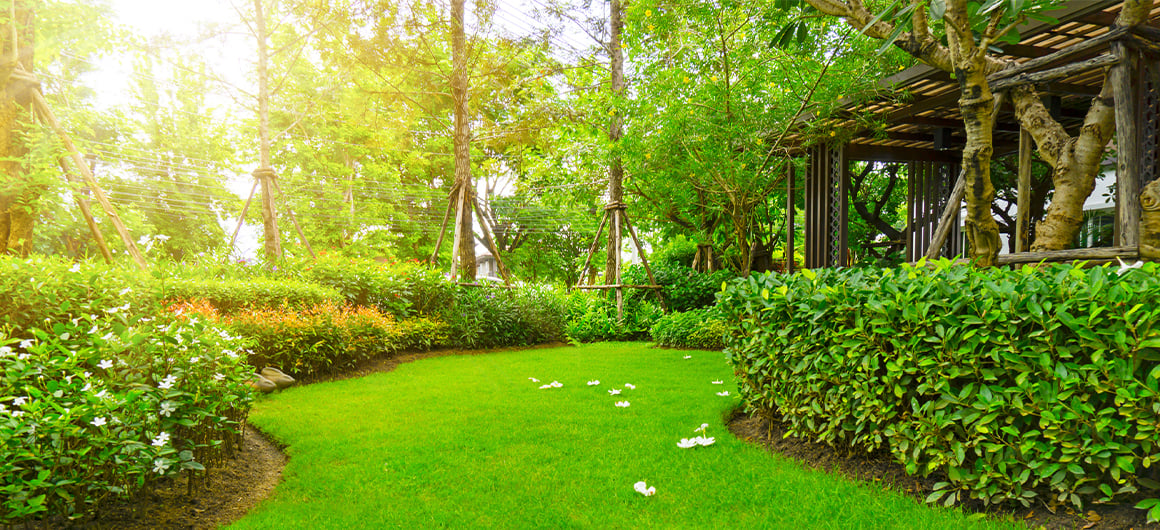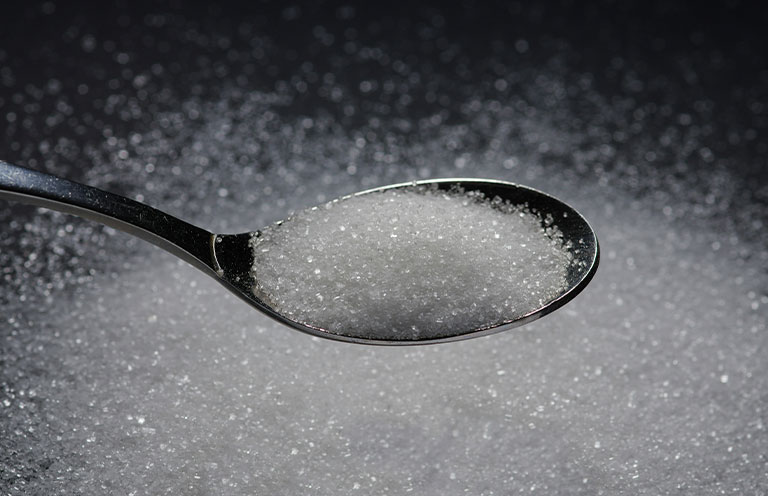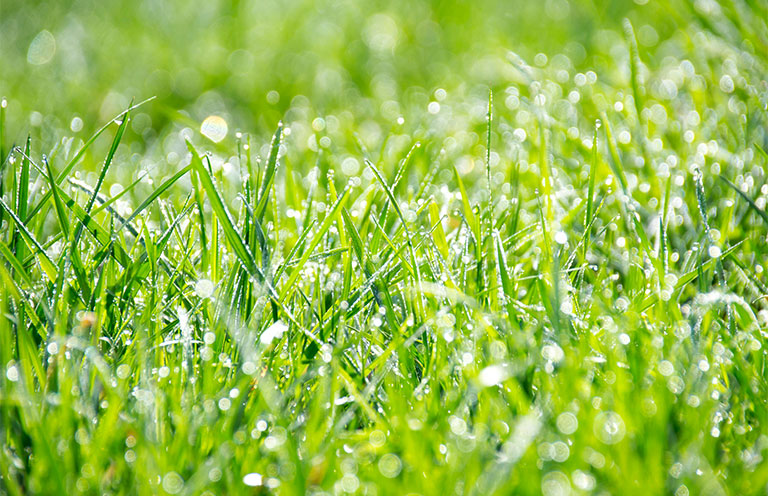A ‘Sweet’ Lawn Care Hack: How Sugar Can Promote Greener Grass
Our writer shares how this common kitchen staple helps keep his lawn looking its best—and could help yours, too

Chances are, the lush, emerald-green grass you enjoy each spring eventually succumbs to the scorching heat of summer, leaving even the most well-tended, fertilized, and manicured lawn with unsightly brown patches and bare spots.
Fortunately, there’s an easy and cost-effective fix to revive your turf—without resorting to harsh chemicals that could harm children, pets, or the environment. The solution is probably already sitting in your kitchen: granulated table sugar.

How sugar can help transform your lawn
While the use of sugar in lawn care is widely debated topic, I’ve been using it on my lawn care for the past 30 years—with positive results. It’s even emerged as a main ingredient in some sugar-based lawn fertilizers used by landscapers and lawn care enthusiasts to enrich soil health and stimulate root growth.
How does it work? Some studies, such as research by the University of Minnesota Extension, suggest that sugar can enhance soil microbial activity and suppress nitrogen-loving weeds. More specifically, carbon, a key element in sugar, serves as an energy source for beneficial soil microbes. This short-term boost in microbial activity helps in breaking down organic matter, indirectly supporting nutrient cycling processes that contribute to a thriving lawn ecosystem.

Helping the growth of grass, hindering the spread of weeds
Boosting microbe activity and helping grass absorb essential nutrients doesn’t just make your lawn look fuller and more vibrant but also creates a healthier underground ecosystem, improving water retention and pH balance in the soil.
A greener, thicker, and more robust lawn isn’t the only advantage of incorporating sugar treatment into your lawn care routine. Broadleaf weeds, including plantain, dandelion, and oxalis, thrive in soil with a high nitrogen content, and these common, fast-growing pests can quickly overtake lawns if left unchecked. While sugar doesn’t kill weeds directly like chemical herbicides, it works by boosting microbial activity, which rapidly consumes nitrogen—starving weeds of the nutrients they need to spread. This drop in nitrogen may be tough on weeds, but it doesn’t harm the grass.
This natural approach stops weeds without the risks of commercial weed killers, many of which contain harmful toxins (such as glyphosate) that can hurt plants, microbes, and even humans.

How to apply sugar to your lawn
While it’s perfectly fine to cast sugar across your lawn by hand directly from the bag, consider using a handheld or wheeled broadcast spreader for faster and more even distribution. Some gardeners, myself included, recommend a ratio of 5 pounds per 1,000 square feet. Follow up the sugar spreading with a generous watering using with sprinkler or hose. If using a pump or battery-powered sprayer instead, I’ve learned that dissolving 1 cup of sugar per gallon of water works best.
Over the years, I’ve learned that timing is crucial for optimal effectiveness. Aim for an early spring treatment as grass begins emerging from dormancy. Follow up in June or July to sustain growth during the sweltering mid-summer months. Apply a final treatment in the fall to promote nutrient storage as grass growth slows.
For newly seeded lawns, my advice is to wait until the grass reaches 3 to 4 inches high to ensure that the root system is established before applying the sugar.
Keep in mind: “Less is more” when it comes to lawn care, so be careful of over-application.
Remember the lawn care basics, too
While I’ve found that sugar can help maintain a brilliant green lawn, it’s not a replacement for traditional fertilizers. Instead, consider it a supplement to a well-rounded routine of regular feeding and watering. I’ve also discovered that applying a rich, organic fertilizer about a week after a sugar treatment leads to a denser, more vibrant lawn—one that’ll make your home the envy of the neighborhood.
. . . . .
Remember, before using any lawn care technique, it’s essential to conduct thorough research to discover what may work best for your lawn. Not all lawns are created equal, and this approach may not be suitable for every lawn. A little homework will go a long way in helping you determine the best solution for your specific lawn care needs.
